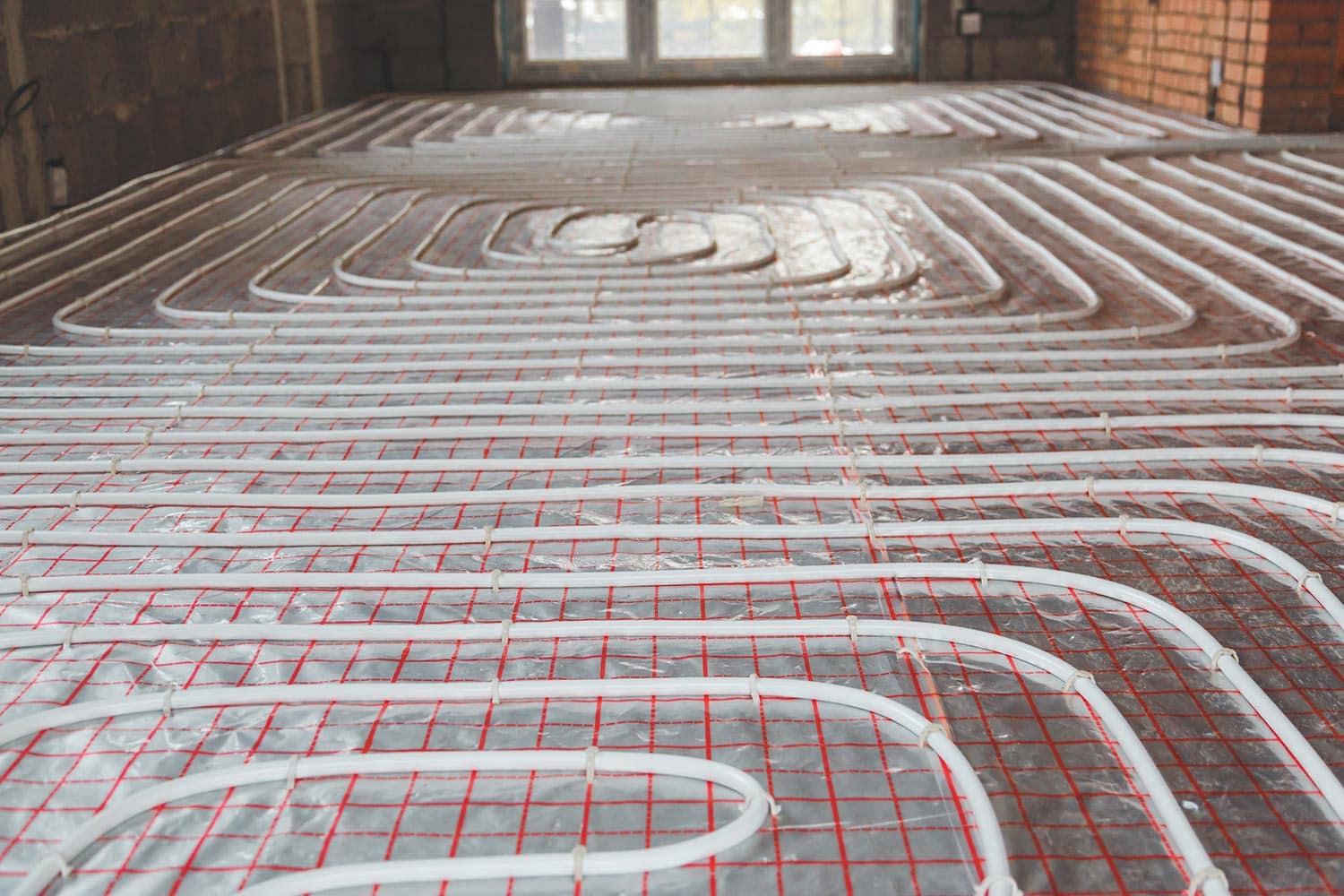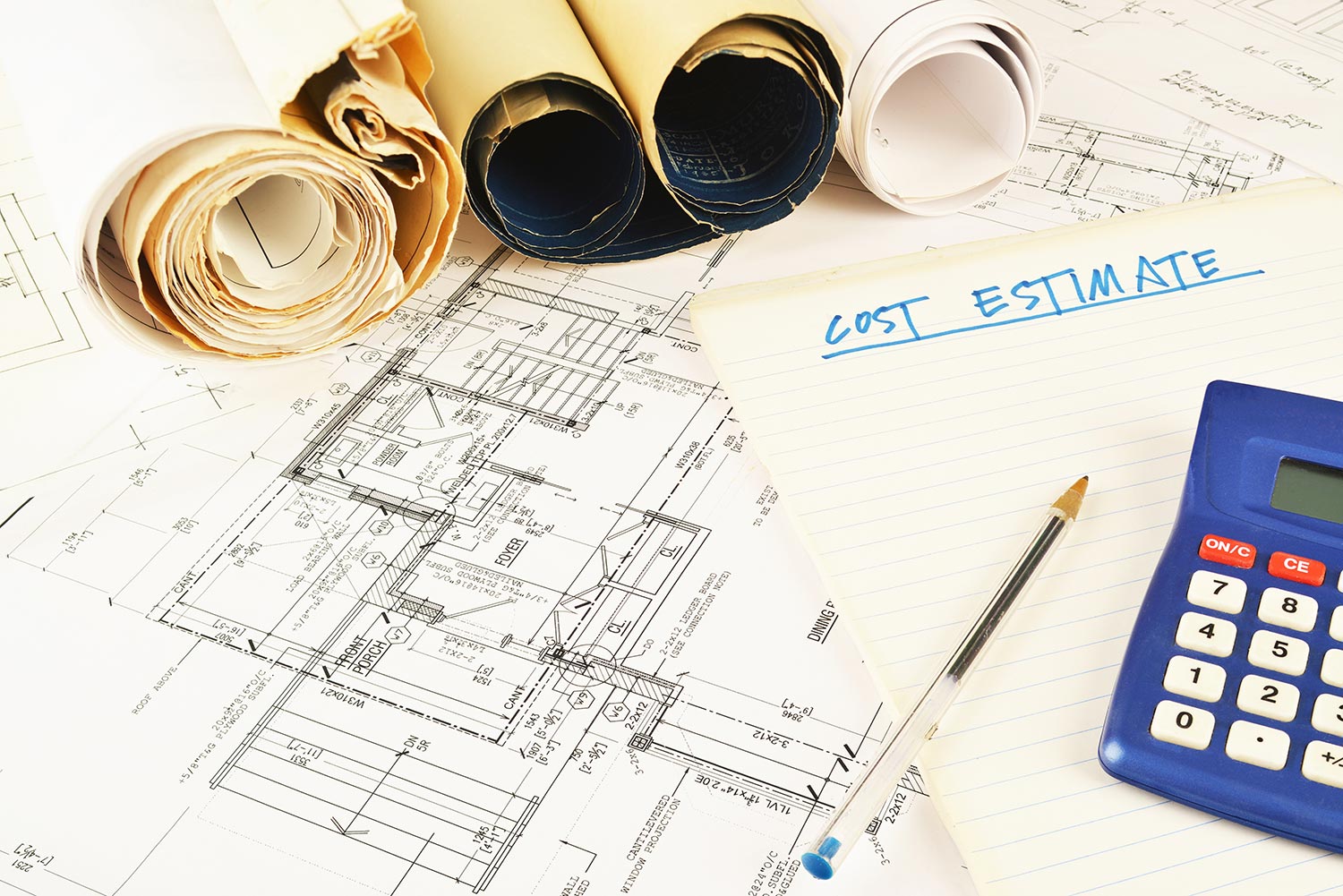Homeowners sometimes have a hard time heating the whole house thoroughly. Installing new ductwork can be expensive, which leads to a logical question: Can you tap into existing ductwork for basement heat? We've consulted building and construction experts to provide you with the answer:
Yes, you can tap into existing ductwork to heat the basement. It is a permanent solution that will warm your basement in the cold season without hiking the electric bill.
While you can use the existing ductwork, there are other cheaper ways to heat the basement without it. Continue reading to see how to connect to existing ductwork without damaging or overloading the furnace.

Tapping Into Existing Ductwork For Basement Heat
You can tap into your ductwork to heat the basement. However, you'll need to consult with a technician to ensure that your furnace or heating system can handle the extra work.
If your furnace is large enough to absorb the space in your basement, you should be good to go! If not, you may need to look for alternative ways to heat your basement to avoid damaging your furnace.
How to Connect To Existing Ductwork
A well-heated basement will keep the rest of your home warm. To ensure that you comply with the local building codes, seek the assistance of a professional.
Here is how to connect to existing ductwork once you get clearance from your local technician.
- Start by assembling the necessary tools. You will need the following: protective gear, sheet metal snips (like these, below), a sharp utility knife, drill and drill bits, screws, a take-off collar, a marker, and a gasket.
Have a look at these metal snips on Amazon
- Locate and mark where you'd like to attach the take-off on your ductwork. Pay attention to wiring or plumbing that might be in your working area. Look for how to maneuver around them.
- After marking the area, use the sheet metal snips to cut a hole in the ductwork. The diameter of the take-off is indicated on it. Next, cut the insulation inside the ductwork using a utility knife.
- Place the take-off collar, such as the one below, on the ductwork and screw it on. Before mounting the take-off, ensure that you place the damper screw in a convenient place and tighten it. Add more screws if necessary.
Check out this take-off collar on Amazon
There are angled take-offs, like the 90-degree take-off below, available as well in the market. Take your time to choose the ideal take-off for your ductwork to avoid leaks and loss of warm air.
Have a look at this 90-Degree take-off on Amazon
Watch this short video on how to connect to existing ductwork.
Take note that experts advise connecting to the ductwork whilst installing wiring and plumbing in the basement. It is easier during construction to make adjustments. You will avoid ripping a finished basement apart.
If the ductwork is accessible in the basement without dismantling the basement ceiling, then go ahead and tap into it.
Adding Heat To The Basement
Alternatively, you can use other ways to heat your basement with minimum work. Other heating methods can relieve your furnace.
You can heat your basement via:
Radiant Heating: When tapping into your ductwork isn't an option, you can opt for radiant floor heating, like the mat below. It is a cheaper and more convenient option to reclaim a finished basement as a living space. Radiant heating can be used in unfinished basements, too!

Have a look at this radiant heating mat on Amazon
Fireplace: Homeowners can purchase and install an electric fireplace. Fireplaces in older homes can be renovated and put to use. Moreover, reigniting an old fireplace in the basement will automatically warm the whole house in the cold season.

Ductless Mini-splits: Mini-splits are an effective way of ensuring your basement stays warm in the winter and cool in the summer. Ductless mini-splits, such as the one below from Cooper and Hunter, are relatively easy to install and can effectively cover large spaces. Although, they are rather pricey.

Check out this mini-split on Amazon
Baseboard Heaters: These units are often four to six feet long. Homeowners can have them installed along the walls of the basement. Baseboard heaters might be ghastly, but they will keep your basement thoroughly warm.
Additional Registers: Another marvelous option for warming your basement can be adding registers to your ductwork.
How To Install Registers In The Basement
Homeowners can choose to put registers instead of takeoffs to the existing basement ductwork. Installation of registers is similar to that of take-offs.
- Mark the desired spot for the register
- Cut the sheet metal and insulation
- Predrill holes in the sheet metal before mounting the register
- Install the register with the damper regulator on whichever side is convenient for you
Can You Add Dampers To Existing Ductwork
Yes, you can! It is possible to add extra dampers to existing ductwork. Please note that most take-offs come already equipped with dampers.
Dampers regulate airflow in the ductwork. You'll need to be mindful of how many dampers you add to your system. There are two types of ductwork systems; electric and manual.
Most modern systems are made to adequately warm the house. It means that adding too many dampers might interfere with the system's efficiency. Dampers in electrical systems can be regulated using timers.
How Much Does It Cost To Add Dampers To Ductwork

The exact cost will largely depend on where you live. You can install the dampers on your own. The parts needed for replacement may cost less than $200.
A professional replacement may cost up to $500. However, local companies will differ in cost. Other factors that might increase the cost are the type of ductwork and accessibility.
You might be charged for general maintenance work of the ductwork in addition to damper replacement.
Can You Tap Into Existing Cold Air Return
Absolutely! You can tap into cold air returns in your home.
You need to cut the right size hole into the ductwork. Insert the flex duct to the trunk, and leave the other end open or connected to a vent. You can use tin foil tape to ensure no air escapes.
Here's a short demonstration of the process.
What's The Cheapest Way To Heat A Basement
Space heaters are the cheapest way to heat your basement. Unfortunately, they are somewhat limited to small spaces.
You can find heavy-duty space heaters that work well. Ensure that they aren't accessible to small children because they can cause severe burns when touched.
Is It Worth Heating A Basement
Heating your basement is the smartest thing to do. Unfinished and finished basements should be well insulated and heated.
You can save a lot on energy bills with a heated basement. A warm basement ensures that the floors of the first floor stay warm. It makes your home comfortable in the cold season.
You can easily eliminate unwanted drafts in the basement. Cold air in the basement can make it a breeding ground for mold.
What Temperature Should You Keep The Basement
According to experts, the temperature in your basement shouldn't be less than 68 degrees Fahrenheit.
There are several benefits to keeping the temperature at this level. In extremely cold weather, turning your furnace higher may cause it to strain. The strain on the furnace will reduce its longevity.
Experts say that this temperature is ideal for your health, too! Too much heat indoors might cause poor ventilation.
What Is Multi Zoning
Multi zoning is a system that allows you to separately control the temperatures in your home. It works for both cooling and heating of the home.
If your home doesn't have a central heating or cooling system, multi-zoning is the next best choice for you. A multi-zone system allows you to avoid heating or cooling areas of the home that aren't currently in use.
Multi-zones are ideal for finished basements that are used as rental apartments. This allows the tenants to have separate energy bills.
How Many Zones Should You Have
Two zones in your home are ideal. The heating zones should be divided into living and sleeping. The size of the home will also affect the temperatures used to heat the spaces.
Separate thermostats will be required for every room. You can install programmable room thermostats for efficiency. Check with the local authorities for details on the building regulations regarding heating and cooling systems.
In Summary
You can easily tap into your ductwork to heat your basement. Adhere to safety precautions when doing any DIY projects.
We've seen how you can tap into your ductwork for basement heating, but we've also seen great alternatives to getting your basement heated.
Heated basements are the key to lower energy bills, and now you'll be ready to choose the right way to keep your basement at the ideal temperature.
To learn :





